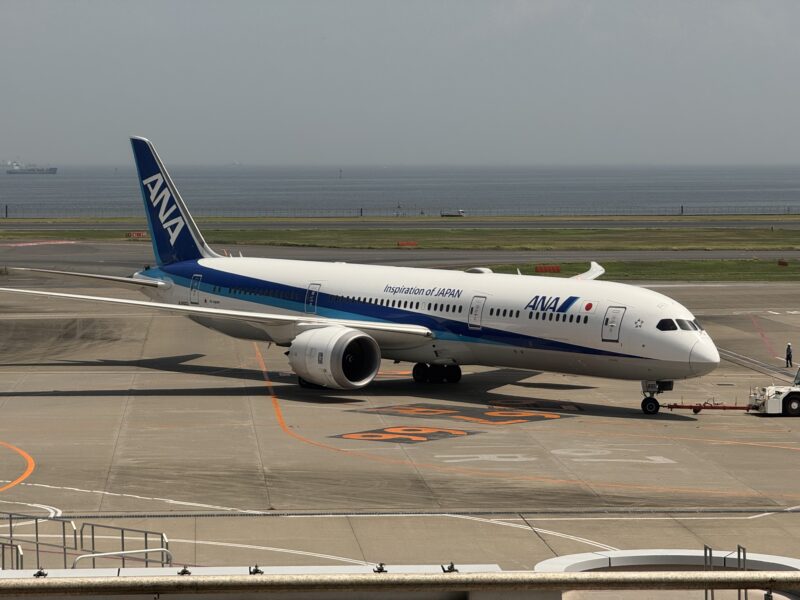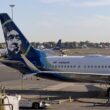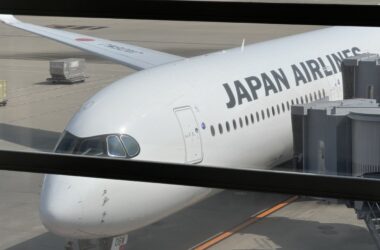One route that ANA operates within Japan is Tokyo HND to Komatsu KMQ, which covers a distance of just 198 miles, or 318 kilometers. The total flight time is about 45 minutes, and this is roughly equivalent to the flight between Boston and New York.
Komatsu Airport is located in Ishikawa Prefecture, and services the city of Kanazawa and other nearby destinations.
Earlier this week, ANA announced that it would be reducing capacity between the two cities, operating 2 flights a day instead of 4 starting on October 26. The airline previously served about 880,000 passengers in 2014, but now only serves about 360,000 annually a decade later.
This reduction can be attributed to a new Shinkansen service extension, which connected Tokyo and Kanazawa in 2015. Additionally, the line extended further down in 2024, connecting numerous communities along the way. This has had an impact on service out of Komatsu Airport, and ANA has finally given in, slashing half of its flights between the cities. The airline also cited rising labor costs.
Japan Airlines has yet to reduce flights and maintains 6 flights a day between Tokyo and Komatsu.
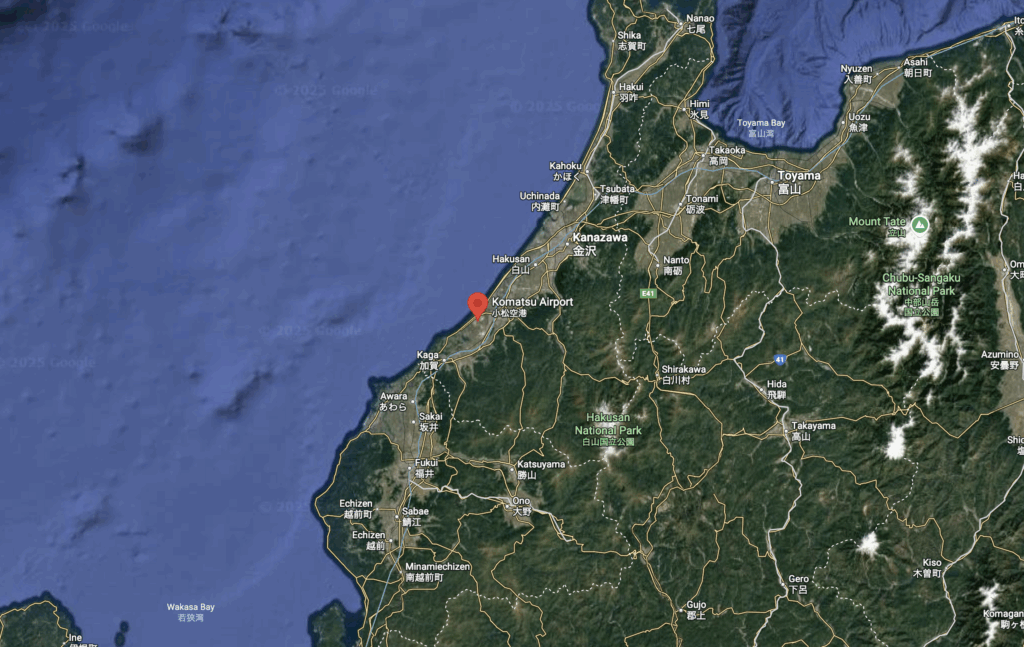
The recent Shinkansen extension in 2024 arguably made things worse for the airlines, as the Shinkansen now cuts right by Komatsu Airport, serving communities that previously still might have opted to fly to Tokyo instead of driving all the way up to Kanazawa.
As seen in the photo above, cities like Komtasu (where the airport is literally located), Sakai, Fukui, and others still had some incentive to fly before the 2024 extension, as the airport was closer to them than Kanazawa Station, where the Shinkansen had been terminating.
Now that the train services these cities, there isn’t a lot of reason for passengers to fly the Tokyo – Komatsu route, but I expect these flights to stick around in some capacity for two reasons:
First, both ANA and JAL will operate flights as feeder flights for passengers connecting in Tokyo to both domestic and international destinations, no matter what the Shinkansen situation is. Both airlines operate flights between Tokyo and Nagoya for this purpose, despite the cities being connected by the Tokaido Shinkansen in about 90 minutes.
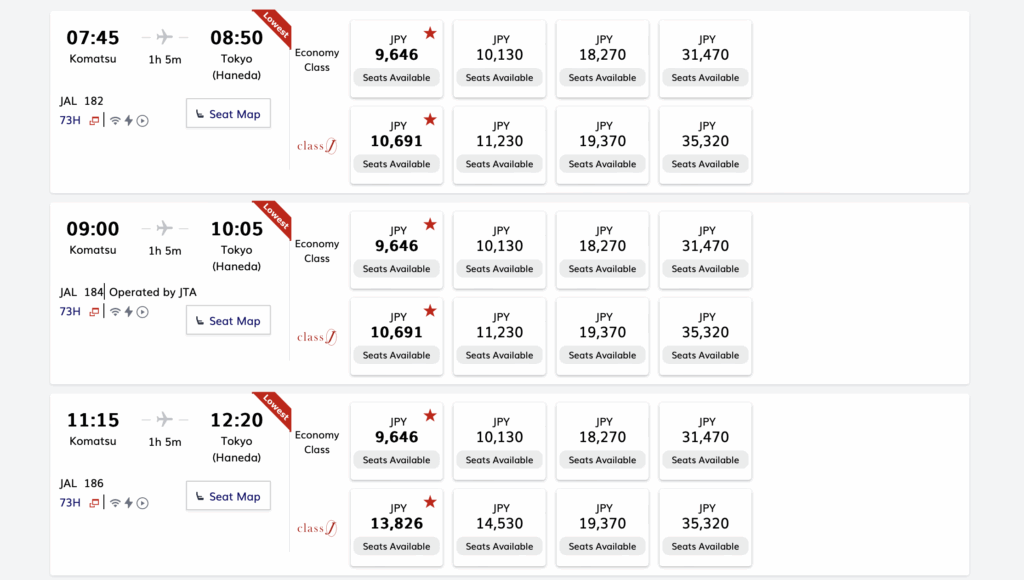
Second, it’s still often cheaper to fly than to take the Shinkansen in various parts of Japan, including this route. The cheapest ticket I could find a few months in advance on Japan Airlines was for 9,646 JPY, while a Shinkansen ticket between Tokyo and Kanazawa costs 14,380 JPY. Air travel is often used as a budget option in Japan, given the high prices of the Shinkansen, and this will likely continue to be the case for this Tokyo – Komatsu route.
Either way, this is a prime example of high-speed rail winning a race against air travel.
Featured image by the author.




